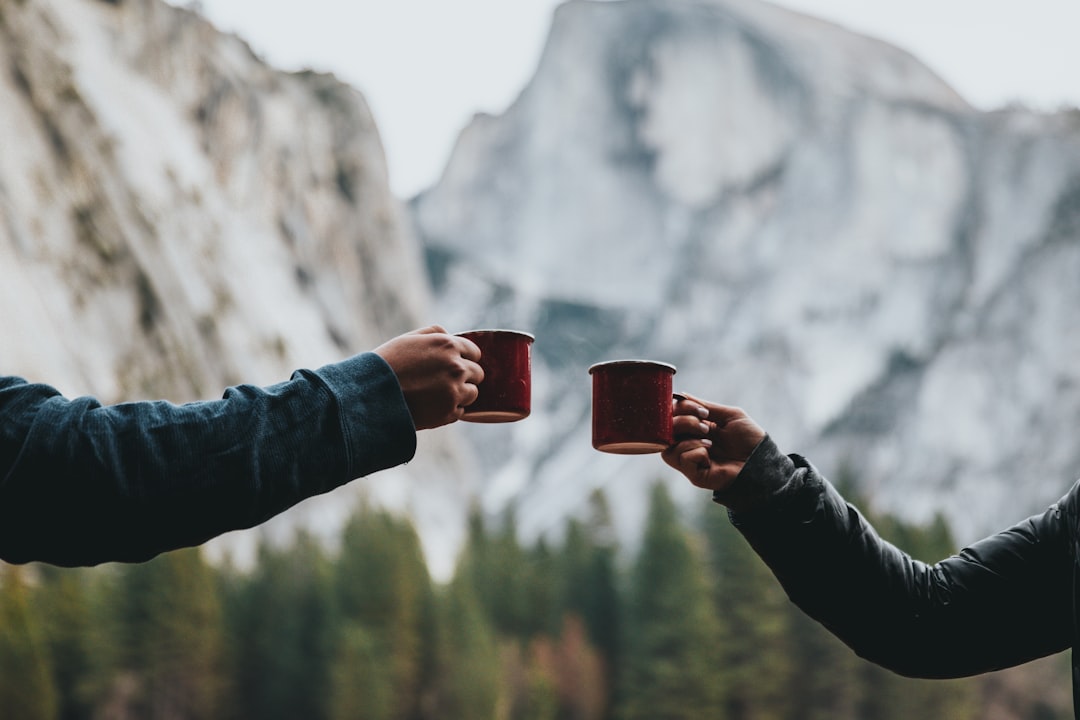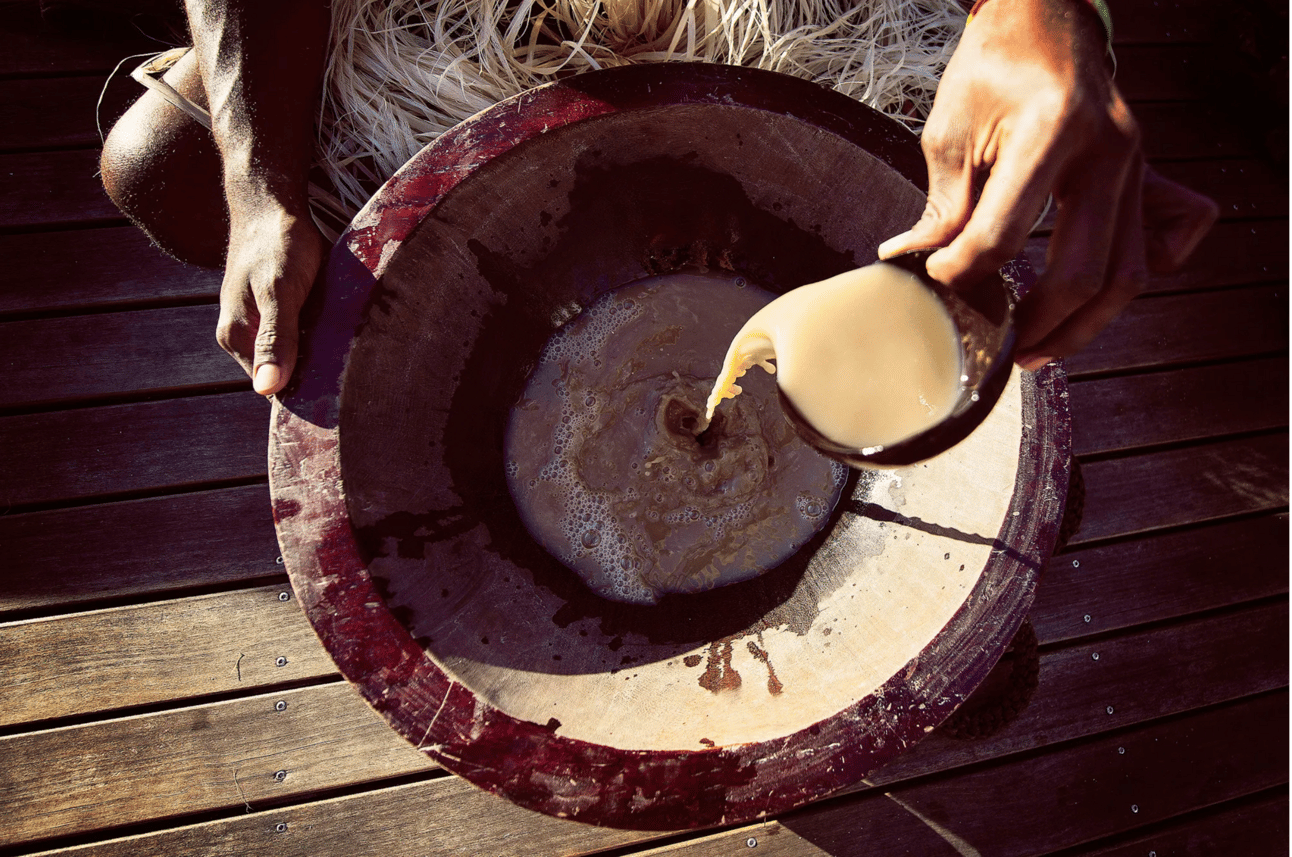Photo by Ryan Porter on Unsplash
This might be one of the most confusing myths about kava due to the effects that kava has when you use it. But it’s all in how it works in the body and brain. For some people, the effects you get from kava makes them feel “high”; that is it impacts how their mind feels. However, the research shows that there are no actual hallucinogenic properties in kava. The feelings you experience from kava come from how it acts on the gamma-aminobutyric acid, or GABA, neurotransmitter system in the brain.
Neurotransmitters are chemical messengers that are responsible for sending signals from your brain to different parts of your body. The GABA system is an inhibitory system, which means it makes you feel relaxed and sedated when activated. Kavalactones act directly on the GABA system, increasing the amount of GABA in your brain, giving you the calming and refreshing effects kava is known for.
While there are no psychoactive compounds in kava, there is still evidence that it affects your brain and driving skills. A study done at the University of Waikato in New Zealand looked at six different brain functions before, during and after drinking kava. These included focus, accuracy, temporal order judgment (that is how one orders events in their head), perception of time and fatigue.
The study found that drinking large amounts of kava (3.6 liters over 6 hours) negatively affected temporal order judgements like watching for hazards when coming into intersections. But the other functions weren’t affected. This is different from other substances like alcohol, cannabis and psychoactive drugs that tend to affect more brain functions making it more dangerous to drive.
Another study looking at a medicinal dose of kava, which is 180mg of kavalactones, did not impair driving ability compared to a dose of the benzodiazepine oxazepam (30mg). This suggests that kava could be a safer option for treating anxiety in terms of driving risk but more research needs to be done to better understand this.
As with other substances like alcohol, quantity matters. There is evidence that different kava preparations can affect its strength. For example, smaller doses leave you feeling calm, refreshed and social, while taking higher doses may make you feel tired and lose fine motor skills. These higher doses are not recommended and can impair your ability to drive. So like alcohol, there is a limit to how much you should take before you’re impaired. The ideal therapeutic doses are between 180-300mg kavalactones per day.
It can take time to understand how your body reacts to certain substances. If you’re new to kava, we definitely recommend that you take time understanding how kava affects you and what your limits are. If you are smaller, it will take less kava to feel the effects, like with alcohol. And while kava is much safer to use than alcohol as it takes much more to get to the point of not being able to drive, it’s still important to be aware of how you’re feeling to be sure you and those around you stay safe.









